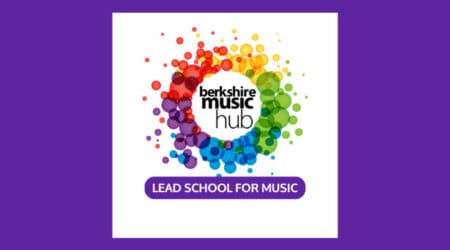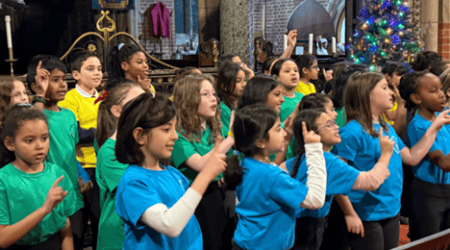Lollipop Stick Notation
Here is my quick win for teaching notation in the primary school. Lollipop sticks!
Initially each lollipop stick represents a sound to be made. I introduce this in EYFS alongside other objects and images to represent individual sounds.
The image below shows how the progression for making each duration. There are some draw backs e.g. there isn’t a lollipop stick for a 2 beat note (minim) but I get around it by making sure pupils clearly explain if they use a minim.
I use the MMC notation recommendations for the note values I teach to each year group.
I have enough lollipop sticks for a class to work in pairs creating rhythms in 2, 3, 4 and 5 metre and prefer the short sticks that are available from craft shops or online for approx. £2.
Activities:
· I make. You make – I model how to make a rhythm and they make it using lollipop sticks.
· Can you make? – I set the challenge of creating their own rhythms with set beats in a bar
· You Make. I make – children create rhythms using lollipop sticks and I model how to write using ‘proper’ notation
· Test a friend – One child makes a rhythm and the other has to clap it accurately. Then swap
· All change – Pairs make a rhythm and then another pair comes to check the rhythm for accuracy then clap it back.
· Elimination game – Children make a rhythm with a set number of beats in a bar. If another pair in the room have the same rhythm they get a strike. After 3 strikes they are ‘out’ and become my accuracy checkers.
· Coloured Counters – Using the boomwhacker colour system. The note head counters can be added to the lollipop sticks when I introduce pitch. This works well when composing pentatonic melodies in my year 5 classes.
Natalie Irons
Music Lead & BMT lead primary school for music
Garland Junior School
Share this article:

